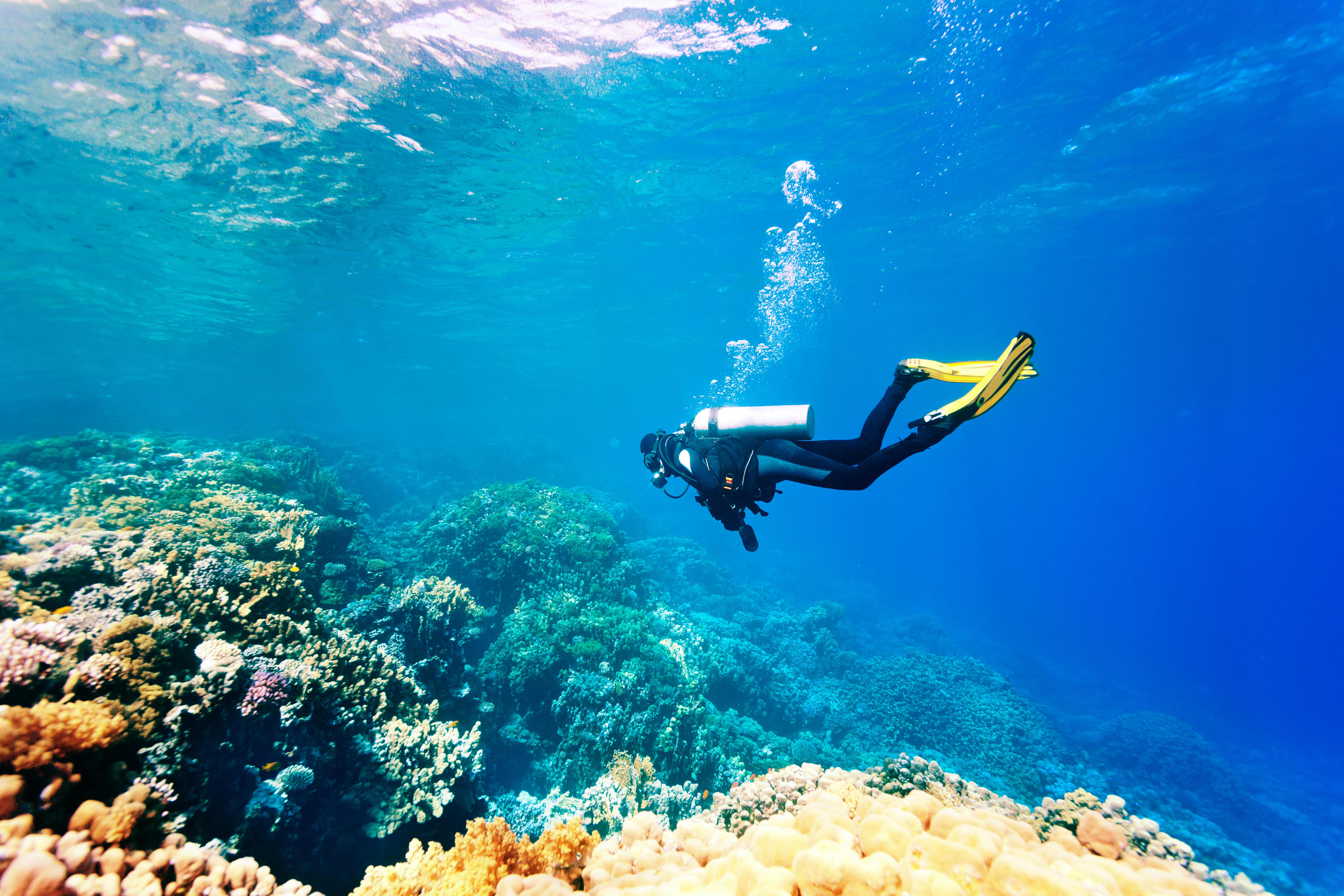Scuba Diving in Langkawi
With the wide expanse of the Andaman Sea surrounding it, scuba diving in Langkawi is expectedly one of the most popular tourist spots on the island. Owing to the island’s tourist friendly facilities, Langkawi diving is not limited to experienced divers only; in fact, plenty of instruction and training schools around Langkawi offer special packages for first time divers who decide to initiate themselves on the island. The scuba diving sites in Langkawi cater to divers of all levels of stamina and expertise. While those just starting off would be comfortably diving at the Floating Platform, people who are experienced in the sport would fare better at the dive sites just off the Pulau Payar Marine Park. Diving at the island comes with the unique reward of witnessing a variety of coral as well as a splendid array of fish- blue, white and purple soft corals scatter the seabed here. Often, the corals are interrupted only by the shoals of clownfish, angelish, barracudas and other schools that flit by.
Best Scuba Diving Destinations
Our Partners
Langkawi Scuba Diving FAQs
Which are the best sites for Scuba Diving in Langkawi?
Location: Off Pulau Payar
What is the best time for scuba diving in Langkawi?
Which are the best beaches in Langkawi?
What are the other watersports to do in Langkawi?
How long does the scuba diving session last for?
What are the marine species that can be spotted during diving in Langkawi?
Which are Langkawi's top attraction tickets that I can book via Thrillophilia?
1. Underwater World Langkawi Tickets
2. Langkawi Cable Car Tickets
3. Langkawi Wildlife Park Tickets
4. Crocodile Adventureland Langkawi Tickets
5. Splash Out Langkawi Tickets





.jpg.jpg?w=1280&dpr=1)








.jpg?w=1280&dpr=1)

